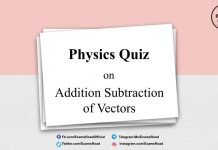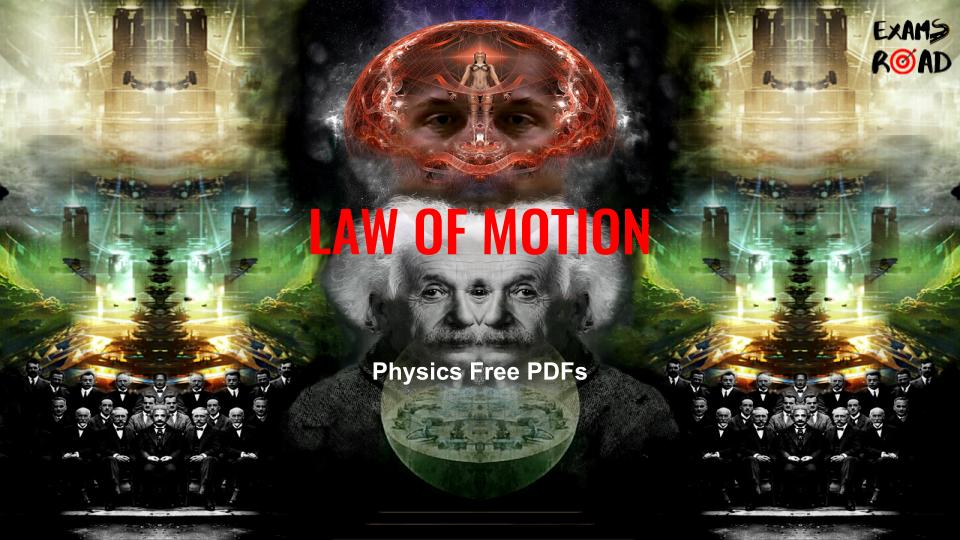Physics PDF Notes Questions MCQs
Physics PDF : Physics is a fundamental subject in the NEET-JEE exams and requires a systematic approach to studying and note-taking. Well-prepared physics notes can serve as a valuable resource during your exam preparation. In this article, we will provide you with a step-by-step guide on how to create effective physics notes to excel in the NEET-JEE exams.
Step 1: Understand the Syllabus Begin by thoroughly understanding the physics syllabus for NEET-JEE exams. Familiarize yourself with the topics and subtopics that need to be covered. This will help you plan your study schedule and allocate time to each topic accordingly.
Step 2: Gather Comprehensive Study Material Ensure that you have access to reliable and comprehensive study material, including textbooks, reference books, and online resources. Utilize trusted sources recommended by experts or coaching institutes to ensure the accuracy and relevance of the content you are studying.
Step 3: Organize Your Notes Divide your physics notes into different sections, corresponding to the various topics within the subject. For example, you can create sections for mechanics, electricity and magnetism, optics, and modern physics. This organization will help you locate specific information quickly during revision sessions.
Step 4: Include Key Concepts and Definitions Physics is built upon fundamental concepts and principles. Include clear and concise definitions of key terms and concepts in your notes. Highlight important equations, laws, and principles to make them easily recognizable and memorable. Emphasize the connections between different concepts to develop a deeper understanding of the subject.
Step 5: Use Diagrams and Illustrations Physics often involves visual representation to understand concepts and solve problems. Incorporate diagrams, graphs, and illustrations in your notes to explain complex ideas and relationships. Visual aids can enhance your understanding and make it easier to recall information during exams.
Step 6: Include Solved Examples and Practice Problems Physics requires problem-solving skills. Include solved examples and practice problems in your notes to reinforce your understanding and develop your problem-solving abilities. Include step-by-step solutions, highlighting the key principles and equations used in each problem. Regularly practice these problems to improve your speed and accuracy.
Step 7: Make Connections with Real-Life Applications Physics has numerous real-life applications, ranging from technology to everyday phenomena. Include examples and case studies that illustrate the practical applications of physics principles. Understanding how physics concepts are applied in real-life scenarios will deepen your understanding and make the subject more relatable.
Step 8: Review and Revise Regularly Regularly review and revise your physics notes to reinforce your understanding of the topics. Schedule periodic revisions to ensure that you retain the information effectively. Use your notes as a reference when attempting practice papers and sample questions to solidify your knowledge.
Step 9: Seek Clarification and Collaborate If you encounter any difficulties or have doubts while preparing your physics notes, seek clarification from teachers, mentors, or online forums. Collaborate with peers to discuss complex topics and problem-solving techniques. Engaging in discussions and seeking help will further enhance your understanding of physics.
Conclusion: Preparing comprehensive and well-organized physics notes is crucial for effective NEET-JEE exam preparation. Follow the step-by-step guide provided in this article to create an invaluable resource that covers all the essential topics, includes visual aids, solved examples, and practice problems. Regularly review and revise your notes to consolidate your knowledge. By mastering physics through meticulous note-taking, you will boost your confidence and performance in the NEET-JEE exams. Best of luck!
Thank You,
Team ExamsRoad.com
In Association with ExamsRank.com

















